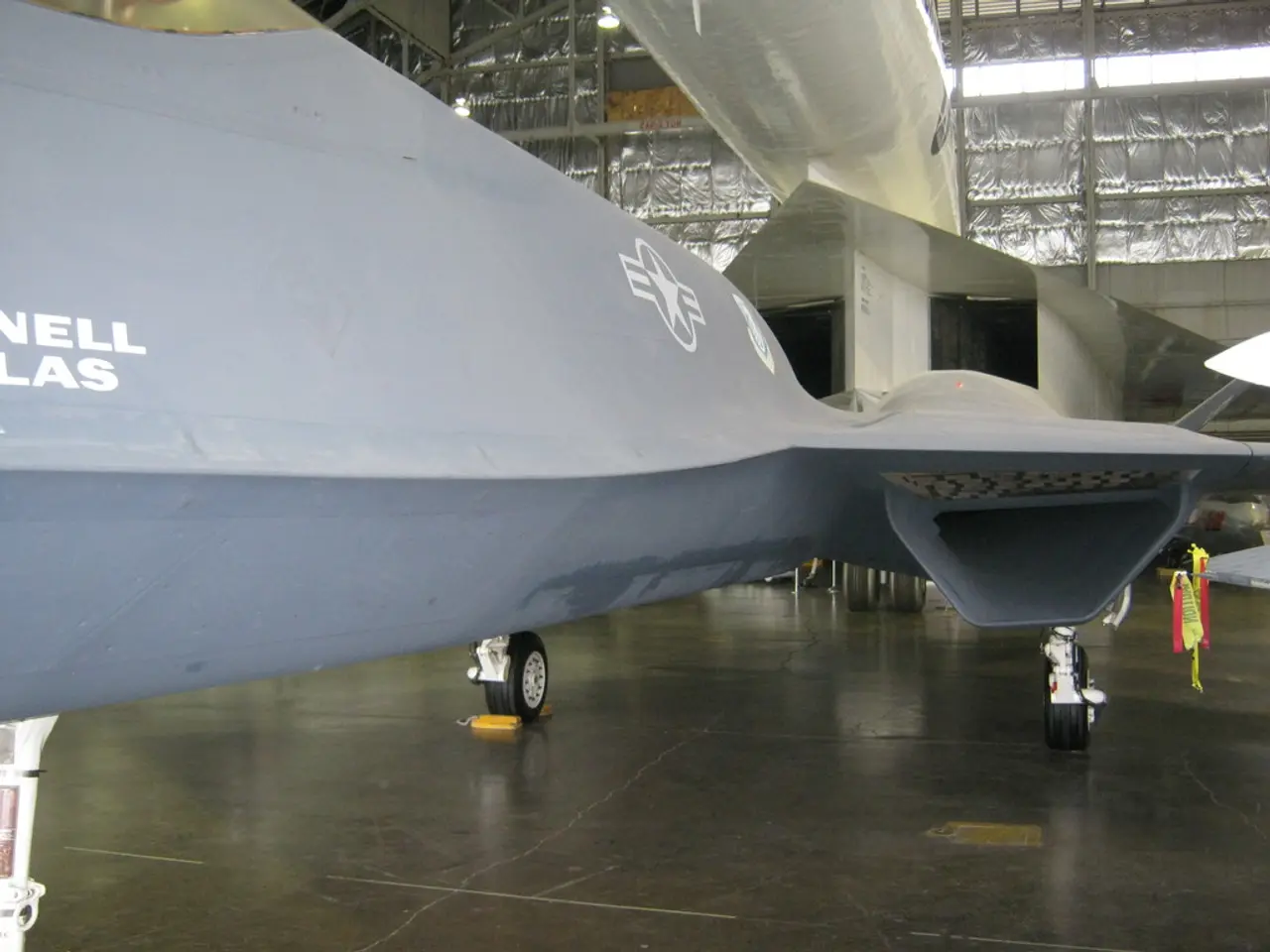Autonomous Aircraft That Don't Need a Pilot's Certification: A Look
For those seeking to experience the thrill of flying without the need for a pilot's license, ultralight aircraft offer an accessible and exciting option. These lightweight, single-occupant vehicles are designed to meet strict weight, fuel, and speed limits, making them ideal for recreational flying.
According to the Federal Aviation Administration's (FAA) 14 CFR Part 103, ultralight aircraft can be flown without a license under specific conditions. These conditions include the aircraft having one seat, a maximum weight of 254 pounds (for powered ultralights), a fuel capacity limited to 5 gallons, a maximum speed of less than 55 knots, and daylight operations only, among others.
Popular Ultralight Options
Some popular and affordable ultralight types that generally meet these criteria include powered parachutes and paragliders, single-seat ultralight trikes, and basic fixed-wing ultralights such as the Quicksilver series. The Phantom X1, a tractor-configuration, high-wing ultralight aircraft with significant maneuverability, is another popular option that does not require a pilot's license.
The Aerolite 103, a single-seat, fixed-wing ultralight, boasts an endurance of 2 hours and can be purchased for around $19,000 fully assembled. Over 100 Hummel Ultracruisers have been built since 2001, offering a more expensive but robust all-metal ultralight option that is fully compliant with FAR 104. On the other hand, the Mosquito XEL, a single-seat helicopter, is more expensive at $53,000 fully built but offers the advantage of being equipped with floats and an endurance of 1 hour.
Important Considerations
It is crucial for potential buyers to be aware of FAA regulations when purchasing an ultralight aircraft. For instance, these aircraft can only be flown in uncontrolled airspace, over open fields, and away from congested areas. They cannot be flown at night or in controlled airspace without prior authorization.
Failure to comply with these regulations can lead to severe penalties, including fines up to $250,000 and three years in prison. Therefore, it is essential to familiarise oneself with the rules and regulations before taking to the skies in an ultralight aircraft.
In contrast, newer FAA regulatory efforts like MOSAIC (Modernization of Special Airworthiness Certification) focus on expanding light sport aircraft categories with more seats, higher speeds, and fewer restrictions — but those aircraft do require a pilot certificate.
In conclusion, if your goal is to fly without any pilot license or medical certificate under current FAA rules, Part 103 ultralights remain the best legal option. These lightweight, affordable, and compliant one-person aircraft offer a unique and accessible way to experience the joy of flight.
The FAA regulations restrict ultralight aircraft to be flown only in uncontrolled airspace, over open fields, and away from congested areas, and not at night or in controlled airspace without prior authorization.
In the future, MOSAIC (Modernization of Special Airworthiness Certification) may expand the light sport aircraft categories with more seats, higher speeds, and fewer restrictions, but they would require a pilot certificate.








